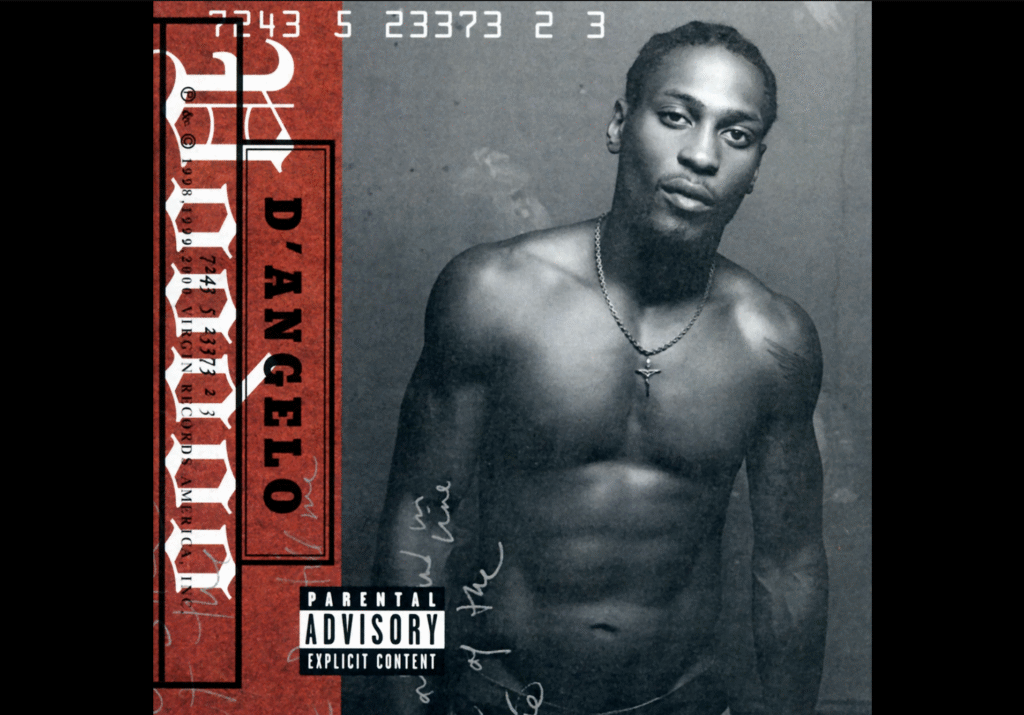Voodoo ain’t just an album — it’s a sonic time capsule. Recorded between ‘96 and 2000 at the legendary Electric Lady Studios in NYC, this joint is the result of deep, analog craftsmanship from D’Angelo and the mad-genius engineer Russell Elevado.
Let’s crack it open.
🎚️ All Tape, No Pro Tools: Strictly Analog
Forget the laptop setups — Elevado went full old school. Voodoo was tracked entirely to tape. No Pro Tools, no grid, no quantize. Just vibe and performance.
Over 200 reels of tape were used in 1997 alone. That’s how serious they were about capturing the soul of every take.
That warm, raw texture you feel when you hit play? That’s all reel-to-reel love.
🥁 Drums: Dead Room, Alive Feel
One of the key elements of Voodoo’s sound was the drummer Questlove, known for his unique style.
His drum grooves sounded kinda “broken,” almost offbeat — but trust, they were carefully crafted, inspired by the legendary hip-hop producer J Dilla.
Questlove’s drums don’t sound like they’re in a big studio — they sound like they’re in your chest.
Why? They built a dead room, straight-up carpeted the walls and floors to kill reflections. The kit sounded tight, dry, and real.
Mic setup? Super minimal:
- Neumann U47 or U67 overhead
- AKG D12 on the kick
- SM57 on the snare
The result? A gritty, punchy tone that doesn’t need reverb to feel alive.
🎸 Bass: Pino’s Old-School Mojo
Bass duties? Handled by the GOAT Pino Palladino. He rocked a ‘63 Fender Precision with La Bella flatwounds he hadn’t changed in years.
Talkin’ about that James Jamerson Motown tone — no highs, just fat, round lows with soul.
Signal chain? Straight through an Ampeg amp and an LA-2A compressor for that buttery smoothness.
No DI trickery — just tone, touch, and taste.
🧰 The Boards: Focusrite + SSL 9000
Tracks went through a Focusrite console for recording — clean, punchy, full of character.
Mixing happened on the beastly SSL 9000. All those vocal layers, analog effects, and instrument stacks needed room to breathe.
Outboard gear like LA-2As and EQs on the board helped sculpt the final shape — everything was dialed in with intention.
🎤 Vocals: 40 Tracks Deep, All D
D’Angelo didn’t play around with his vocals. Some tracks had up to 40 vocal layers — all him.
Every harmony, every breath — stacked and blended with precision.
Elevado spent hours carving out space for each voice using EQ, comp, and old-fashioned ears. The vibe? Like Marvin, but dirtier and more haunted.
🧪 Mixing Philosophy: Vintage Soul with Modern Sauce
Elevado wanted to recreate that ‘70s soul energy — think Curtis, Marvin, Sly — but with the headroom and clarity of a modern CD.
He wasn’t chasing perfection; he was chasing feel.
Analog gear gave the music its color, warmth, and depth. No automation — just touch moves, real-time decisions, and pure instinct.
🎧 The Final Word: Timeless by Design
Voodoo is the blueprint. A masterclass in how analog gear, vibe-heavy musicianship, and no-compromise engineering can shape a whole movement.
The Soulquarians weren’t just making tracks — they were building a sound. One that still hits like nothing else today.
Wanna make records that last? Study Voodoo. Respect the process.
-
90s Classic Hiphop MPC Midi Beats Starter
Original price was: € 29,00.€ 9,99Current price is: € 9,99. -
Albania Song Starter Euro Pack 2025
Original price was: € 29,99.€ 9,99Current price is: € 9,99. -
Albanian Folk Midi Pack Song Starter
Original price was: € 19,99.€ 9,99Current price is: € 9,99. -
BALKAN HABIBI PACK MIDI & WAV
Original price was: € 29,99.€ 19,99Current price is: € 19,99. -
Balkan Instrumental Pack Gmin 100Bpm Pack Midi & Wav.zip
Original price was: € 19,99.€ 9,99Current price is: € 9,99. -
Balkan Love Vol.2 HipHop Beat Pack 96khz 96 BPM Eb min
Original price was: € 29,99.€ 19,99Current price is: € 19,99. -
Balkans Pop Midi Song Starter
Original price was: € 29,99.€ 9,99Current price is: € 9,99. -
Blinding Lights Midi Pack 171BPM C#M
Original price was: € 19,99.€ 9,99Current price is: € 9,99. -
Dilla Legacy MPC Sample Pack
Original price was: € 48,00.€ 32,00Current price is: € 32,00.

